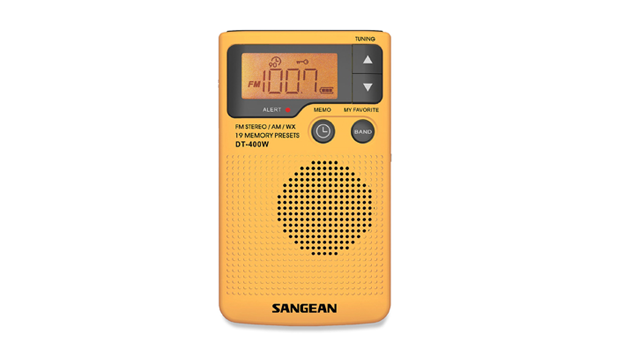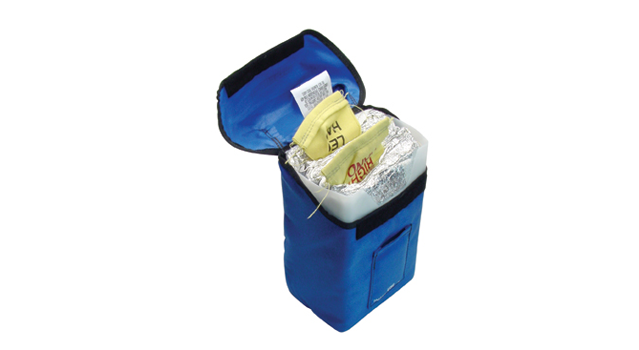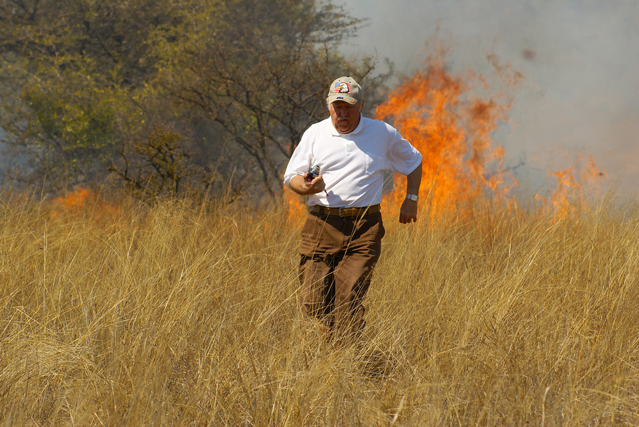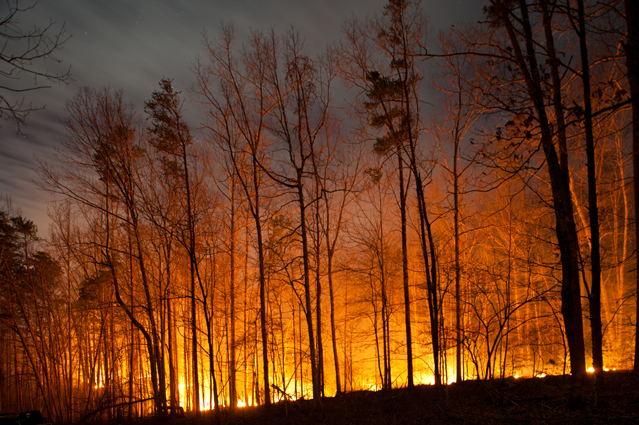Predicting a wildfire season is tricky business, but 2012 is already shaping up to be one of the worst fire years on record. Fire managers in the federal fire command center in Boise, Idaho, are watching a widening Western drought, burning in New Mexico’s Gila wilderness, and the potential for explosive breakouts where suburbia meets the forest.
I spent the summer of 2001 researching a book about forest fires. In July of that year the Thirtymile Fire in northeast Washington state overran a crew of firefighters, killing four of them. Among the survivors: Two backpackers who had tried to drive out to escape the fire, but became trapped with the firefighters when fire blocked the only road out.
Wildfires are dangerously unpredictable, but here are a few tips in case you’re headed into the tinderbox backcountry this summer.
Weather Alert Pocket Radio
Situational awareness matters—a lot.
Arson and accidental fires happen, no question. But in the West the majority of fires—and most of the big summer burns—are caused by lightning.

So it pays to know what the weather will be like. Check your local National Weather Service site before you go. And maybe pack along a Sangean ($65). It has AM and FM bands, and also monitors NOAA weather channel broadcasts. So you can know if some extreme weather—and maybe lightning—is headed your way.
Fire Shelter
The key to protecting yourself from wildfires is avoidance. Use equipment as your last line of defense. But in the unlikely chance lightning or some other ignition source causes a fire between you and the trailhead, a digital or paper map would be your most important piece of gear. You should always have an alternate route, to avoid being dead-ended in a canyon or caught up against a steep slope.

Fire shelters such as this , are expensive at $350+ and should be regarded absolutely as a device of last resort. They’re also heavy (five pounds) and require some training to use properly.
Wildland firefighters wear Nomex clothing and hard hats, carry shovels and (a combination of pick and axe), and pack special survival in the event they are overrun, but they aren’t really practical for backpackers.
Common Sense
In the end, there is no substitute for common sense.
I regard wildfires much as I regard avalanches: A force of nature you simply do not want to mess with.
So don’t make that trip into a high-risk area when the weather is threatening. And, of course, don’t make things worse by lighting toilet paper (which , torching 500 acres) while trying to start a campfire, tossing lit butts, etc.
And if a fire does start in your area, don’t spectate. Get as far away as you can. A fast-moving, wind-driven fire can outrun any human being, especially one who is tired or trying to move uphill across rough terrain.
How to Protect Yourself From Wildfires: Weather Alert Pocket Radio

Situational awareness matters—a lot.
Arson and accidental fires happen, no question. But in the West the majority of fires—and most of the big summer burns—are caused by lightning.
So it pays to know what the weather will be like. Check your local National Weather Service site before you go. And maybe pack along a Sangean ($65). It has AM and FM bands, and also monitors NOAA weather channel broadcasts. So you can know if some extreme weather—and maybe lightning—is headed your way.
How to Protect Yourself From Wildfires: Fire Shelter

The key to protecting yourself from wildfires is avoidance. Use equipment as your last line of defense. But in the unlikely chance lightning or some other ignition source causes a fire between you and the trailhead, a digital or paper map would be your most important piece of gear. You should always have an alternate route, to avoid being dead-ended in a canyon or caught up against a steep slope.
Fire shelters such as Anchor Industries model, are expensive at $300 and should be regarded absolutely as a device of last resort. They’re also heavy (five pounds) and require some training to use properly.
Wildland firefighters wear Nomex clothing and hard hats, carry shovels and (a combination of pick and axe), and pack special survival in the event they are overrun, but they aren’t really practical for backpackers.
How to Protect Yourself From Wildfires: Common Sense

In the end, there is no substitute for common sense.
I regard wildfires much as I regard avalanches: A force of nature you simply do not want to mess with.
So don’t make that trip into a high-risk area when the weather is threatening. And, of course, don’t make things worse by lighting toilet paper (which , torching 500 acres) while trying to start a campfire, tossing lit butts, etc.
And if a fire does start in your area, don’t spectate. Get as far away as you can. A fast-moving, wind-driven fire can outrun any human being, especially one who is tired or trying to move uphill across rough terrain.


